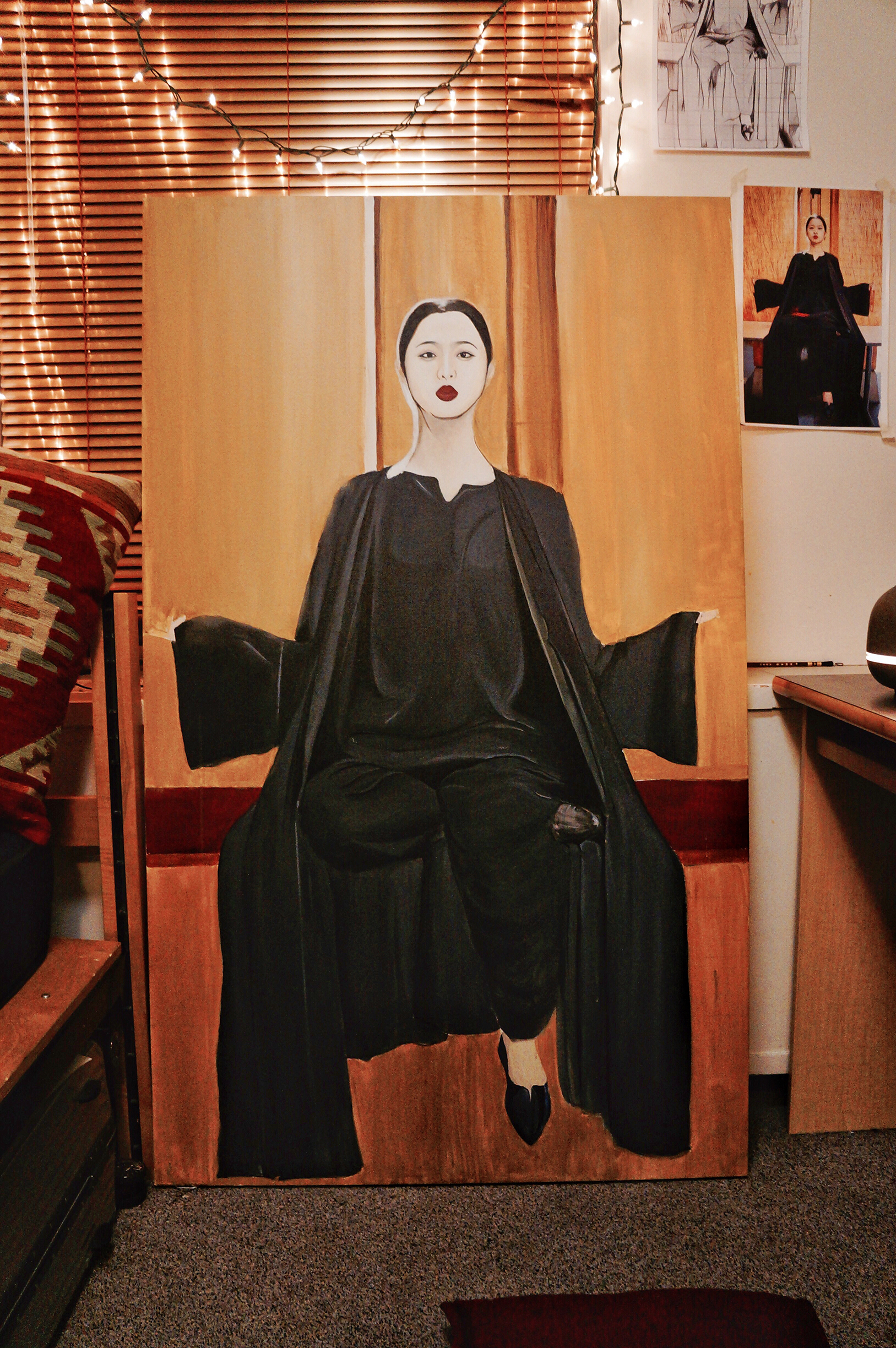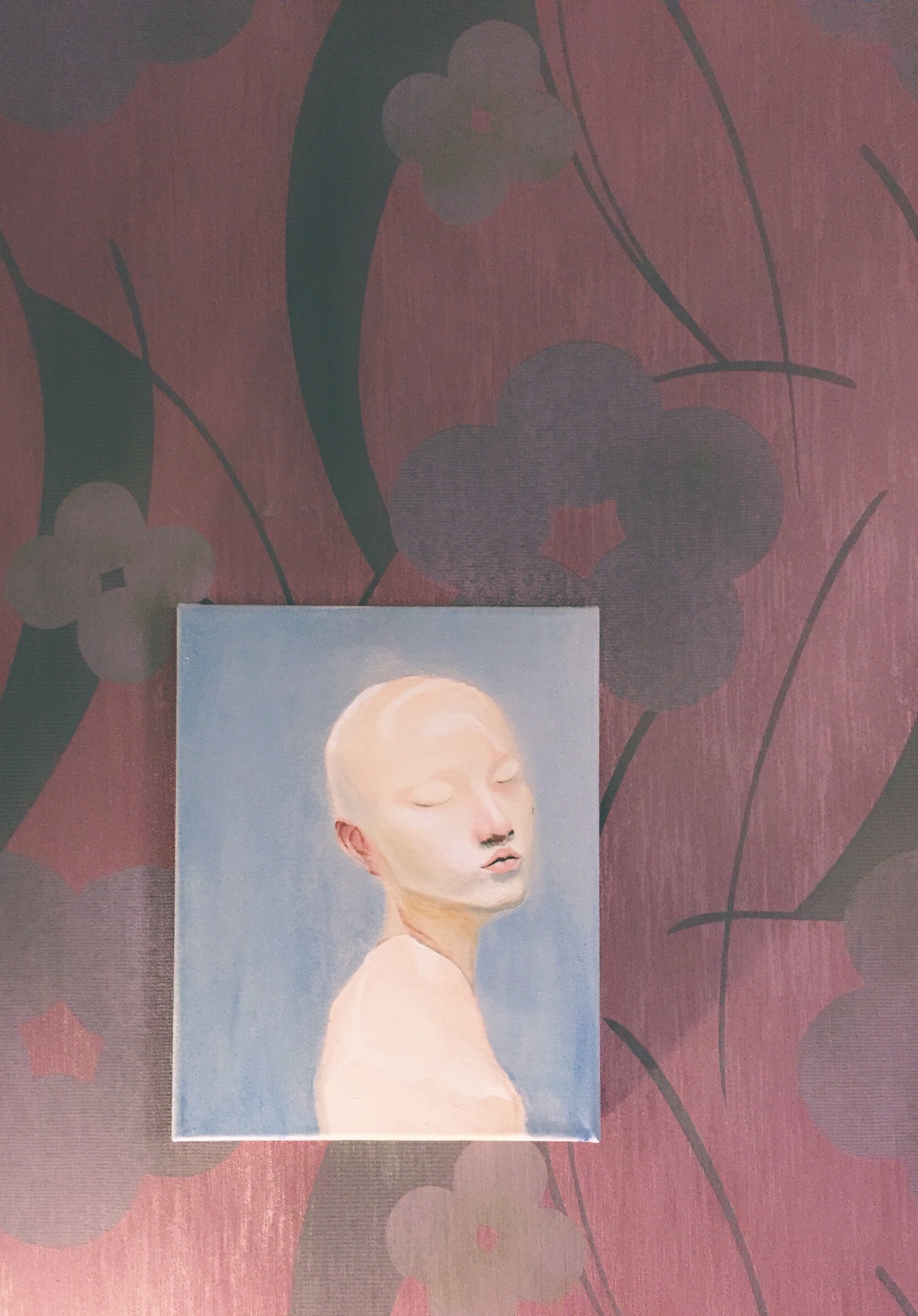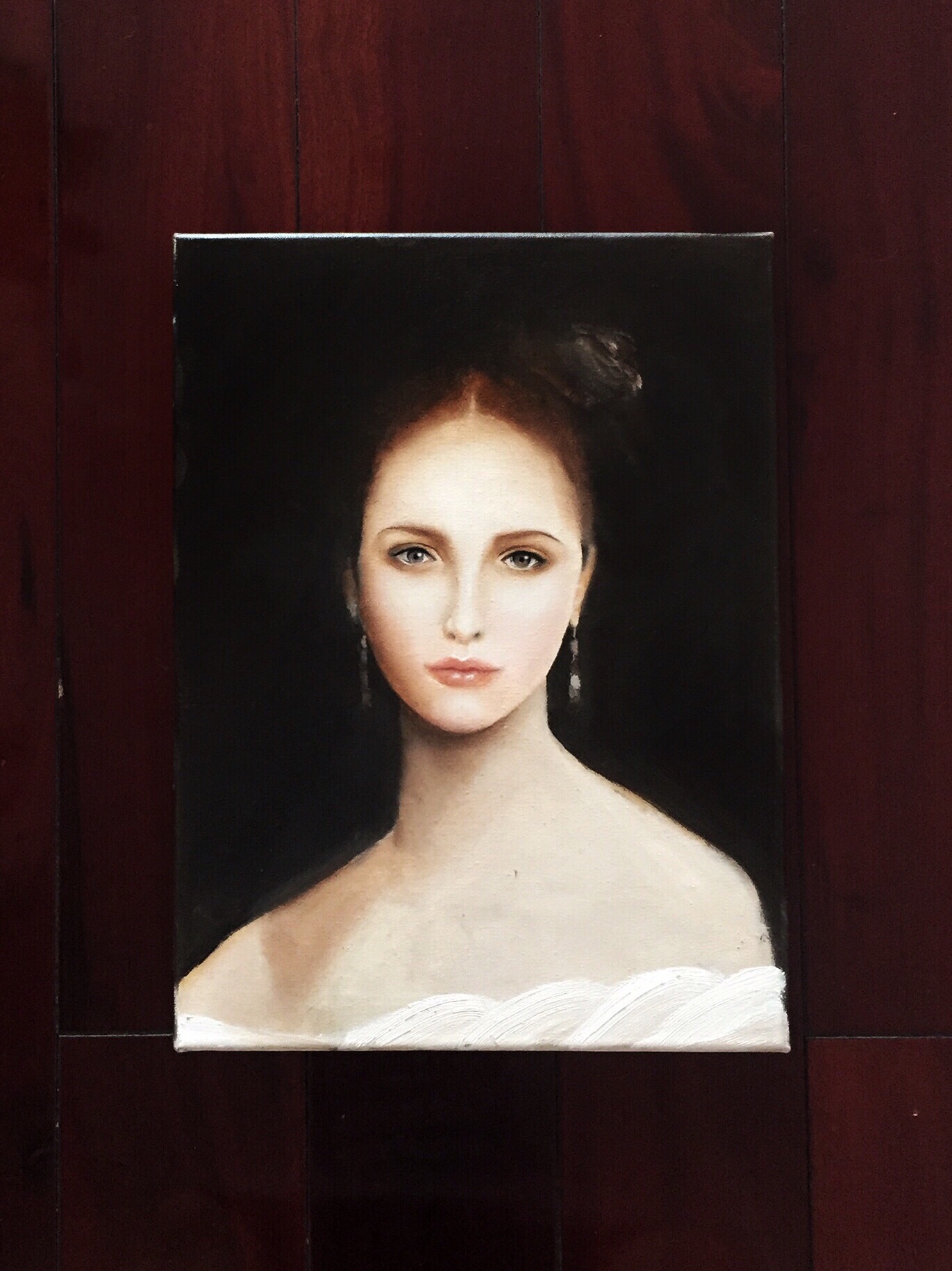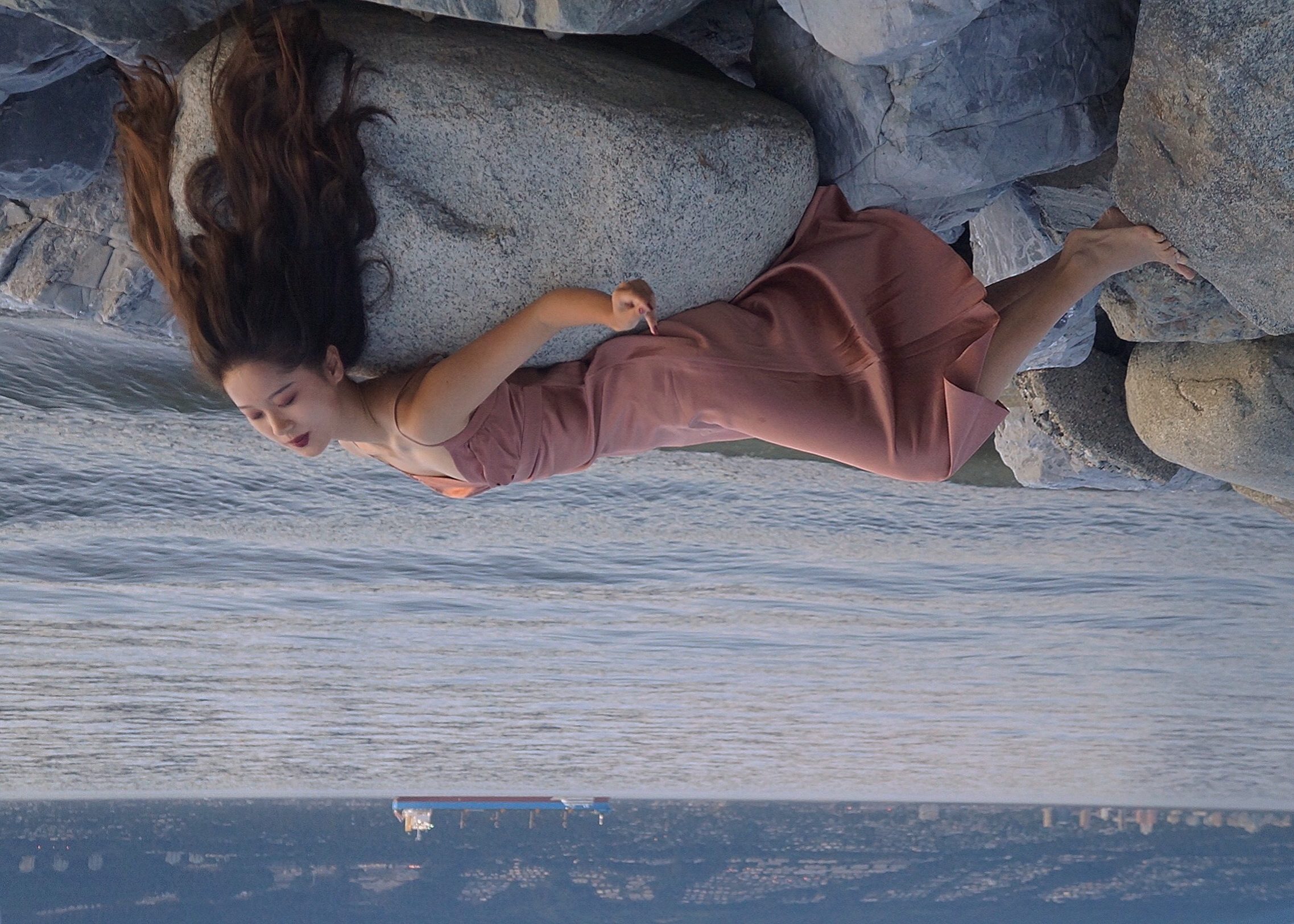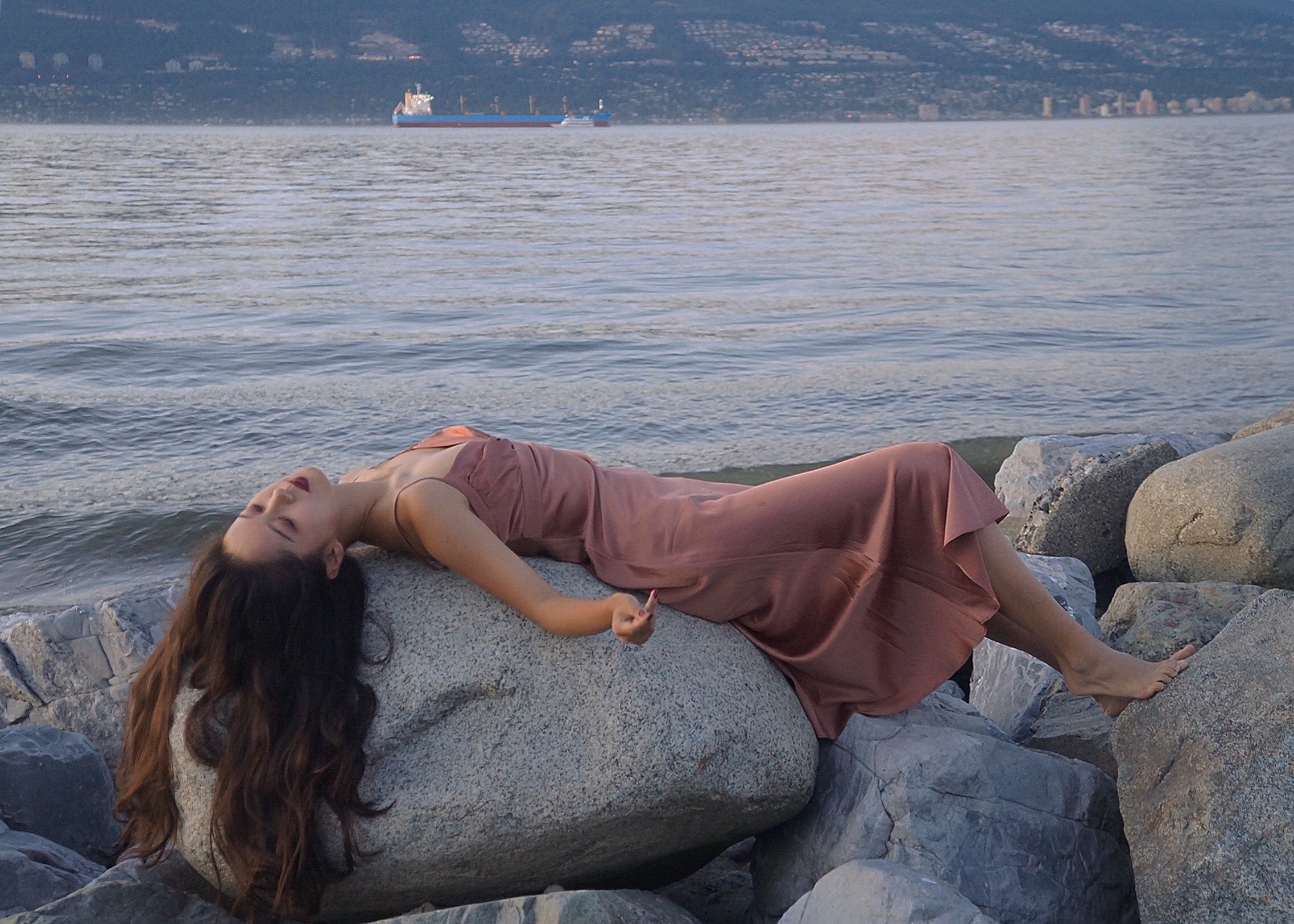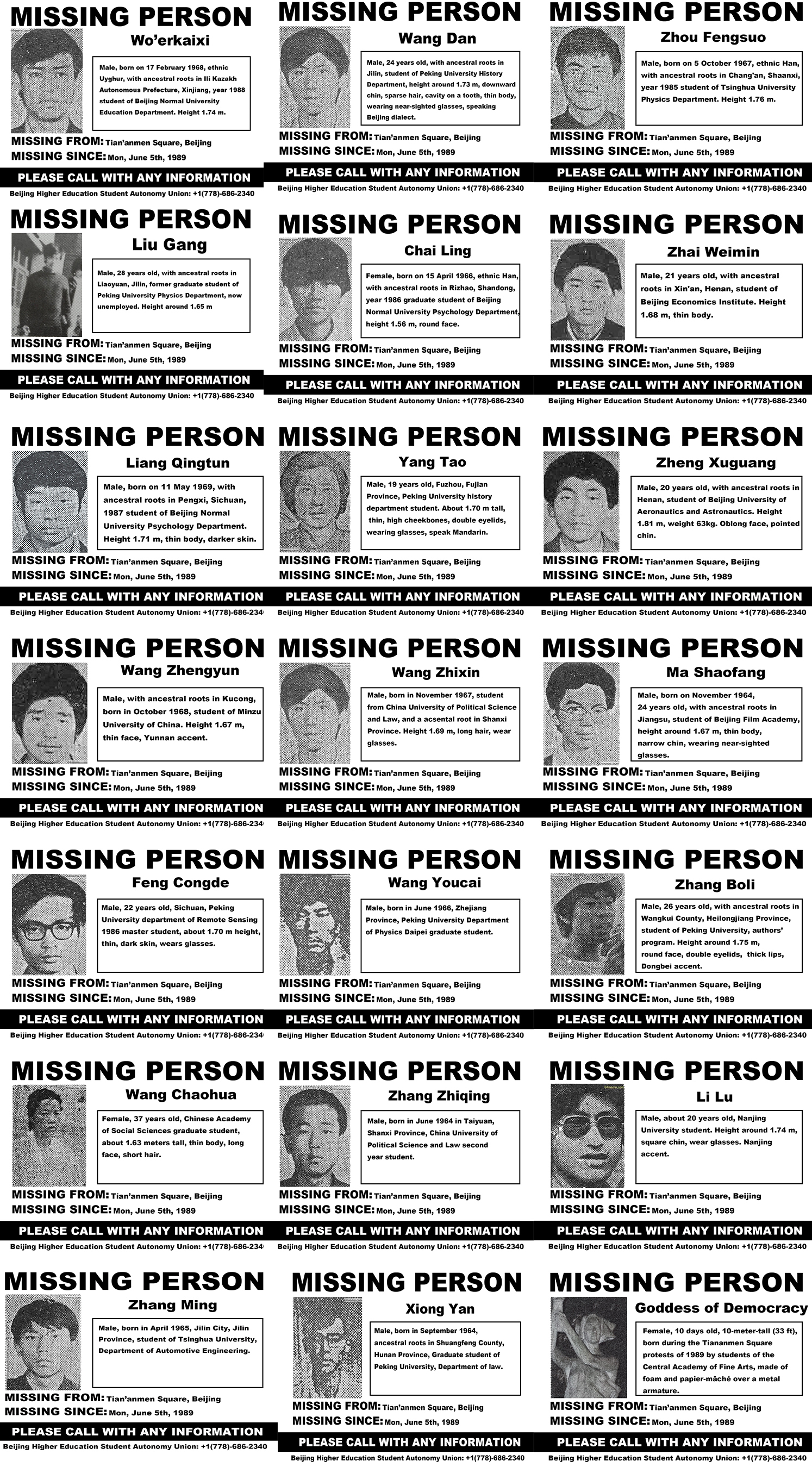Formal Analysis on David Alfaro Siqueiros’ Echo of a Scream
With the emerge of modern art started from the mid-80s, artists are more likely to associate their artworks with certain ideologies. Unlike classical art which often get entangled with the style controlled by authority and hierarchy, modern art emphasizes the representation of artists’ free will as part of the artistic autonomy. Disregarding wealth, authority and conventional aesthetic taste, they would like to present their arts through the perspective of the masses to speak out people’s voices. During the time, modernity promoted a more diversified cultural pattern combined with social and political themes. One can imagine the impression of modern art produced on the masses, which would have placed a strong effect on influencing public opinion. Hence, artistic intervention becomes a powerful technique for people to get involved in modern politics.
Certain artists use their work to intervene in political matters. David Alfaro Siqueiros as an art-activist, created a lot of artworks in response to human struggles against authoritarian regime of the period. What is more, as a Marxist-Leninist in support of the Soviet Union and a member of the Mexican Communist Party, Siqueiros used his unique political experience to state his opinions in his artworks and whereby advanced his political position in his party.
Echo of a Scream is one of the most iconic work of David Alfaro Siqueiros. It was painted in response to the catastrophe followed by the famous Spanish Civil War. During 1936-1939 when the Spanish Civil War broke out, Siqueiros went to Spain and enlisted in the antifascist forces. This experience allowed Siqueiros to include a series of narrative indicating his political views. Siqueiros introduced an extremely depressive tone with a rough texture and heavy black strokes in the representation of the painting, to some extent, delivers power and intensity that strikes its audiences both visually and metaphorically.
Looking into the painting, the most prominent figure is a enlarged head with a crying child coming out of his mouth. Amid the destruction of a battlefield, a child is sitting on the ground piled with garbage, screaming with a twisted face. The body is arranged in a contorted posture and tinted with dull, metallic color. Contrast with his skin color, the child is wearing a bright red cloth, which is acting as a metaphor that the child is bleeding. Also, the softness of red cloth shows a sense of intimate, which forms a sharp contrast with the steels and weapons around the child, indicating the fragility of the child. The overall figure of this child creates a grief image and reminds the viewer how painful the people are during a warfare.
The most striking part of this painting is the “echo of the child’s screaming”, which is presented by an enlarged head of the child. By exaggerating the size of the detached child’s head, the sense of sorrow is magnified at the same time. This echo symbolized that people are suffering from those endless war and the screaming baby cries out the voice of all people who were suffered from the trauma of human loss.
As for the background of the painting, the usage of gloomy color illustrates a miserable scene of the time. The contrast of the blurred green color on the top left corner and the reeking chimneys of factories on the left represent the conflict between nature and industrial development.
Echo of a Scream by David Alfaro Siqueiros is a thrilling artwork. The painting was done in a highly-structured and intensive manner. The overall image creates a grief-stricken atmosphere and reminds the viewer of how painful the people are during a warfare. The work was completed in 1937 when Spain was experiencing the aftermath of Spanish civil war. At the time, Siqueiros was an activist and social reformer fought for Spanish Republican Army. His painting style was largely influenced by his real-life experience through the war, and to a great extent reflected conflicts between people, society and nature at the moment.
So far, Certain artists use their work to intervene in political matters, to advance a particular
political position, to denounce regimes/ruler considered brutal or inequitable, or to defend the cause
of the downtrodden. Using Siqueiros as an example, I will discuss how effective such artistic interventions are at influencing public opinion in the following passage.
Since a radical shift from classical art to modern art occurs, art is no long restricted in its conventional aesthetic function, but can be found in a diversity of activities dedicated to public services and political life. The modern idea that art is autonomous encouraged a number of artists to involve authors’ free will into their artistic behavior, that is, a broader field of artistic subject matter is provided. Therefore, a fair amount of artworks were produced at the moment which remain vital in artistic interventions in changing public opinions.
Looking into the pivotal role of artists in the progress of new social activism, we cannot ignore the visual sense of artwork itself as part of the artistic intervention. In another word, the visual sense of artworks make it more acceptable for the public on absorbing informations. Not like other forms of intervention, artworks can reveal political issues in a more direct sense, that is, using strokes and colors to reflect particular concerns. The penetrating power of a political artwork can be easily infiltrates into the masses. Meanwhile, the emotional appeal of arts can arouse spectators’ moral emotional sympathy for public affairs, it gathers media attention so that the artistic protest could act as an emotion-converter and therefore influence public view and eventually achieve certain political ends. Moreover, the civilizing and moralizing effects of arts are believed to affect people’s opinion in subtle manners. With the emerge of museum culture, modern art becomes part of people’s life. Since art’s educational function is emphasized, the notion of the moral implication of arts assists artists in delivering messages and make their information more convincible for the public.
By displaying certain political matters in a visual form, artists helped to expand the influence of art as class, race, gender citizenship, and power. Using Siqueiros as an example, Echo of a Scream delivers a strong visual power through its applied colors and strokes. Within its heavy topic(during post-war period), the painting is endowed with rebellious and provocative nature, which shows Siqueiros’s character as an autonomous artist who devoted his strength in political art. In addition, his dual-identity as a partisan of international Marxism helped him bringing personal experiences and political convictions to his artwork. According to historian Jim Tuck: “No individual associated with the arts has been involved in direct political action more than David Alfaro Siqueiros.” As we can see, Siqueiros’ art in its power could be a cogent weapon to help him with his political movements.
Furthermore, Painting as a vehicle, carries something much deeper than its outlook could display: art has a dual social-spiritual function that would resonate its spectators through its visual form and create significant impact on public perception. In other words, the emotional appeal of arts can arouse people’s moral emotional sympathy for public affairs. In Echo of a Scream, Siqueiros sets a crying baby as his main character, it strikes its audiences in a very instinctive manner that they could get the feeling of sorrow at the first sight. Notably, artworks in their visual form could effectively gather media attention and appeal the mass both emotionally and spiritually.
With the rise of museum culture, arts are found with their broader sense within the category of education. Since the art becomes one of the most predominate genres of public service, a number of artists have contribute their passion into enhancing the educational function of art in society. Artists like David Alfaro Siqueiros are good at combining their arts with moral implications. In Echo of a Scream and in many other Siqueiros’ pieces, the intended audiences could not only see the visible part of the work, but also feel the connotation behind the scenes. During the specific period of time, such artistic interventions may be effectively used as political instrument and place powerful impact on public opinions. As a matter of fact, art institutions can be found in a diversity of activities dedicated to public services and political life. There are more artist-driven protests arises in political environment and had achieved fruitful outcomes. Art, with its propagandistic nature and moralizing effect, becomes part of a civic operation of mobilization for certain political purpose.
However, the educational effect of arts is a double-edged sword. Many critics have questioned that modern art as autonomous, would have involved with too many individual thoughts, which leaves a doubtful point on its educational effect. In fact, art will never be sufficient political if it only serves as an illustration of certain political matters. Nevertheless, artists should be encouraged to be responsible for their artistic value in the progress of art education in order to achieve effective interventions in public space.
Through a series of analysis on David Alfaro Siqueiros’ painting Echo of a Scream with the respect of its social and political contents, it displays some features of political artworks within the function of artistic interventions in influencing public opinions. Arts including their visual sense, emotional appeal and educational effect, enter the real world of politics with aesthetic values and inspire the masses through visual strategies. To some extent, artistic interventions have come to the position that covers and influences a very broad community of society. In addition, the public should be encouraged to be more selective when dealing with such artistic value transmitted by such interventions. Overall, artistic intervention, as part of social engineering, is a very effective way in changing public opinions.
Bibliography
Adam Turl, “IN DEFENSE OF ARTISTIC AUTONOMY”(Sep. 13th, 2014): Redwedge Magazine; http://www.redwedgemagazine.com/essays/in-defense-of-artistic-autonomy
Belfiore, Eleonora, and Oliver Bennett. The social impact of the arts: An intellectual history, 2008. In: pp.123-145
Campbell, Mary Schmidt, and Randy Martin. Artistic citizenship: A public voice for the arts. New York: Routledge, 2006.
D. Anthony White (20 March 2009). Siqueiros: Biography of a Revolutionary Artist. Booksurge. p. 145. ISBN 978-1-4392-1172-4.
Hurlburt, Laurance (1989). The Mexican Muralists in the United States. Albuquerque: University of New Mexico Press. pp. 210–213. ISBN 0826311342.
McCaughan, Ed. Art and social movements: Cultural politics in Mexico and Aztlán. Durham, NC: Duke University Press, 2012.
Jim Tuck, “The artist as activist: David Alfaro Siqueiros (1896-1974)” 2000. Retrieve 11th November 2014;
Siraganian Lisa (July 1, 2015). Modernism’s Other Work: The Art Object’s Political Life. Oxford University Press; Reprint edition. ISBN-10: 0190255269. pp. 121-127
